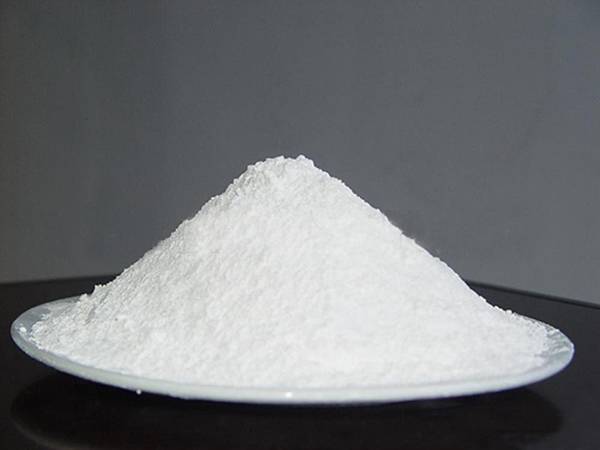



Sodium Hydroxide's Role in Crafting Homemade Soaps and Its Benefits
The Role of Caustic Soda in Soap Making
Soap making is both an art and a science, combining beautiful craftsmanship with chemical processes. Among the key ingredients used in traditional soap making is caustic soda, also known as sodium hydroxide (NaOH). This potent and versatile compound plays a fundamental role in the saponification process, which transforms fats and oils into soap. Let’s delve deeper into the significance of caustic soda in soap making, its properties, and the safety precautions necessary when handling it.
Understanding Saponification
At its core, saponification is a chemical reaction that occurs when a fat or oil (which is primarily composed of triglycerides) reacts with a base, such as caustic soda. During this reaction, triglycerides break down into glycerol and fatty acids. The presence of sodium hydroxide facilitates the conversion of these fatty acids into soap. This process not only produces the soap but also creates glycerin, a valuable byproduct known for its moisturizing properties.
Caustic soda is essential for the saponification process because it provides the necessary alkaline environment for the reaction. Different types of oils and fats have varying saponification values, which indicate the amount of caustic soda required to fully convert them into soap. For instance, olive oil, coconut oil, and palm oil each have unique saponification values, and a soap maker must calculate the precise amount of sodium hydroxide to achieve the best results.
The Importance of Accurate Measurement
The use of caustic soda in soap making requires a meticulous approach, as incorrect measurements can lead to unfavorable results. An excess of sodium hydroxide can produce harsh soap that may irritate the skin, whereas insufficient amounts may leave unreacted oils, resulting in a greasy and ineffective product. Thus, soap makers use saponification calculators, which help them determine the appropriate amount of caustic soda based on the types and amounts of oils used.
Another crucial aspect of using caustic soda is the method of preparation. When preparing a lye solution, one must always add caustic soda to water, never the other way around. This is imperative to prevent the reaction from becoming too exothermic, which could lead to bubbling or splattering, potentially causing burns or injuries.
caustic soda used in soap making

Safety Precautions
While caustic soda is a valuable ingredient in soap making, it is also highly caustic and can pose serious hazards if not handled properly. Soap makers must take essential safety precautions, including wearing protective gear such as gloves, safety goggles, and long sleeves. It is also advisable to work in a well-ventilated area, as the fumes produced during the mixing process can be harmful when inhaled.
In addition to personal protective equipment, keeping safety materials like vinegar (acetic acid) on hand can be beneficial. Vinegar can neutralize caustic soda in case of spills, minimizing potential damage to skin and surfaces. Furthermore, proper storage of caustic soda in a tightly sealed, labeled container is critical to avoid accidental ingestion or misuse.
Advantages of Using Caustic Soda
Despite the need for caution, the advantages of using caustic soda in soap making are numerous. Sodium hydroxide not only results in a more effective cleansing product but also allows for greater customization in soap formulations. By altering the types of oils or their ratios, soap makers can create a wide variety of textures, scents, and skin benefits tailored to different preferences.
Moreover, the versatility of caustic soda extends beyond traditional soap making. It can also be used in the production of liquid soaps, shampoos, and even in industrial applications where high alkalinity is essential for the cleaning process.
Conclusion
In conclusion, caustic soda is a vital ingredient in soap making that enables the transformation of oils into soap through the saponification process. While it demands a responsible approach due to its caustic nature, the rewards of using this compound are significant, providing soap makers with the ability to produce high-quality, personalized products. Embracing the science of soap making with a thorough understanding of sodium hydroxide not only enhances the craftsmanship but also fosters safety and creativity in the art of soap production. Whether a hobbyist or a professional, recognizing the role of caustic soda can greatly enrich the soap making experience.
-
Why Sodium Persulfate Is Everywhere NowNewsJul.07,2025
-
Why Polyacrylamide Is in High DemandNewsJul.07,2025
-
Understanding Paint Chemicals and Their ApplicationsNewsJul.07,2025
-
Smart Use Of Mining ChemicalsNewsJul.07,2025
-
Practical Uses of Potassium MonopersulfateNewsJul.07,2025
-
Agrochemicals In Real FarmingNewsJul.07,2025
-
Sodium Chlorite Hot UsesNewsJul.01,2025










